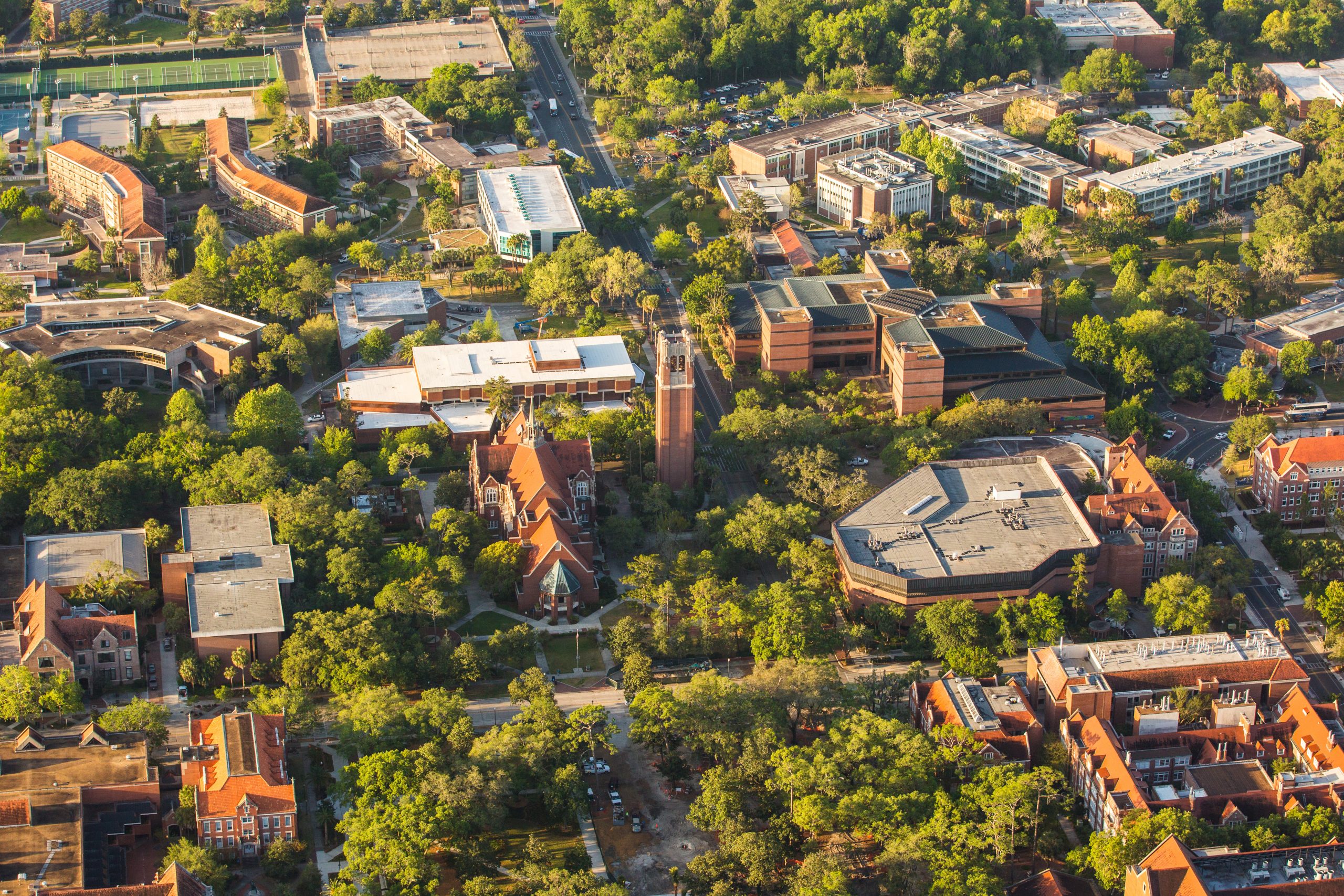
Material & Waste Management
Reusable Materials
Minimizing the generation of waste through the use of reusable products in lieu of consumables is a key contribution to sustainability. Whenever possible, strive to implement the use of reusable products in your research activities. Please note the following caveats:
- Personnel safety: In certain circumstances, it may be considered unsafe to use reusable products. For example, disposable gloves are solely intended for single-use applications. Additionally, a common extra precaution implemented in BSL-2+ labs stipulates the substitution of glassware with plasticware.
- Scientific rigor: Sensitive equipment or studies may necessitate the use of consumables to mitigate the risk of contamination. Use of single-use materials in lieu of reusable alternatives may be necessary in some cases.
Biodegradable Products
ASTM International is a globally established and reputable developer of technological standards and tests. For testing biodegradability in anaerobic environments (modern landfills), the two most accepted and well-established standards are ASTM D5526 (stringent, long-term test) and ASTM D5511 (short-term test). The performance of biodegradable products or materials is conducted in laboratories using standardized testing, which simulates landfill conditions. Whenever possible, purchase disposable plastics that have been rated to achieve superior landfill biodegradability.
Biohazardous Waste
Biohazardous waste is subdivided into two primary categories:
- Biomedical waste is any waste that includes the following:
- Pathogens infectious to healthy humans
- Human and non-human primate (NHP) tissues/cells
- All solid, liquid, and sharp materials contaminated with the aforementioned items
- Non-biomedical biohazardous waste includes the following:
- Non-infectious recombinant/synthetic nucleic acids
- Microorganisms not infectious to humans (risk group 1 agents, including plant and animal pathogens)
- Presumed healthy animal (excluding non-human primate) products
All solid/sharp biomedical waste is destined for incineration. Both landfill and incineration routes of disposal have drawbacks; however, although falling within acceptable EPA parameters, incineration of waste emits toxic gases and particulates into the air. Additionally, the current contracted biomedical waste incinerator does not operate as an energy from waste plant. When recycling is not an option, landfill disposal affords greater carbon and resource sequestration relative to incineration.
Chemical Hazardous Waste
Adherence to the 12 Principles of Green Chemistry as referenced above are instrumental to mitigating the generation of chemical waste. When chemical waste is produced, it is imperative for the generator to make the appropriate determination of hazard classification and waste disposal route. Regulated chemical waste must be collected by EH&S Hazardous Materials Management; whereas, non-regulated chemical waste may be suitable for landfill or drain disposal.
Non-Regulated Waste
Waste that does not meet regulated chemical, biological, or radioactive classifications should be disposed of as standard lab trash. It is important to note that compatible non-regulated waste products may be readily recycled.
UF Chem Swap
UF labs can save money and reduce waste by redistributing unwanted chemicals.” For more information, please visit the Chem Swap program webpage.
